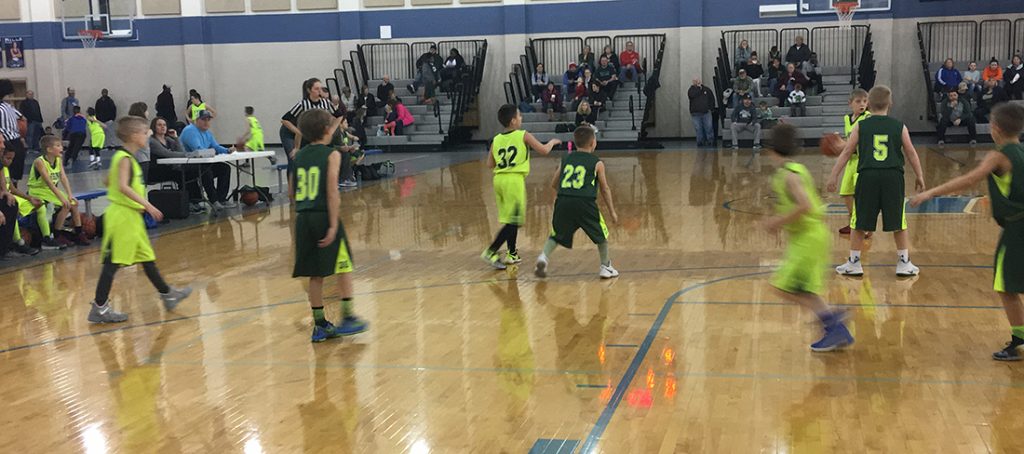The purity of youth sports is still there, you just have to dig a little harder to find it these days.
Back in the Day
We always talk about “Back in the Day”, as if we had it so much different as kids. In a way we did, but it is still so much that the same.
I recently coached my son’s fourth grade team with two other fathers. These fathers began working with this team three years ago and have done an amazing job with these boys. I began helping to give a little different perspective to the boys. If you didn’t already know, fourth grade boys tend to drown out anyone who teaches them for any period of time. I have been able to be a fresh face echoing the same things the other two dads were teaching.
Years ago, youngsters didn’t have as much technology to consume their attention. My generation played outside for entertainment. This form of entertainment was more physical nature. We used our imagination and tried to solve things.
For example, we tried to solve how to kick a rock up a street as far as possible before it went off a bank or into a water drain. We would even gather up ten rocks and see how many times we could hit a tree.
You know…stuff that really mattered.
Today’s Youth
Today’s youngsters spend their time dedicated to figuring out how to beat their buddies best score on a video game.
Both activities consume the youngsters time, but one is more physical in its approach to problem solving while the other is more mental. The ability to focus while expending physical energy was used much more years ago versus today where mental energy, less physical, is the approach.
Because of this, young kids do not have the attention span to sit and be coached for very long. They want to move as quick as their video games do. Coaching a skill takes a patient approach and success isn’t so immediately apparent. Winning or losing at a video game is almost instantaneous and a new game can be started right off.
Learning new skills, of a physical and sporting nature, needs to be taught slightly different to the current youth generation to support the shorter attention spans. More active play and quick intersperses of breaking down a skill can be accomplished during live play and small sided games. This method can impact the athlete and transfer due to the fact a poor skill was just performed; stopped play immediately, addressed the poor skill, give it context to how it benefits playing better, and the youngster gets immediate feedback and a visceral learning moment. Then play resumes immediately.
In Conclusion
As a coach who loves skill development, I have had been forced to adapt to this new approach to keep interest levels high, discourage mental wandering, and still gain proficiency of the youngsters’ skills.
Youth sports and the pure nature of them are still there for us all to enjoy. We just have to work harder to uncover it at times. We must limit the benefits for us as adults in favor of benefits for the youngsters. When we always ask the question; “How does this benefit the kids?”, we keep the perspective our roles as adults. It’s not “adults win”. The perspective is “kids win”. And by winning, I mean having a successful youth program.
Be an Ambassador of Speed!

